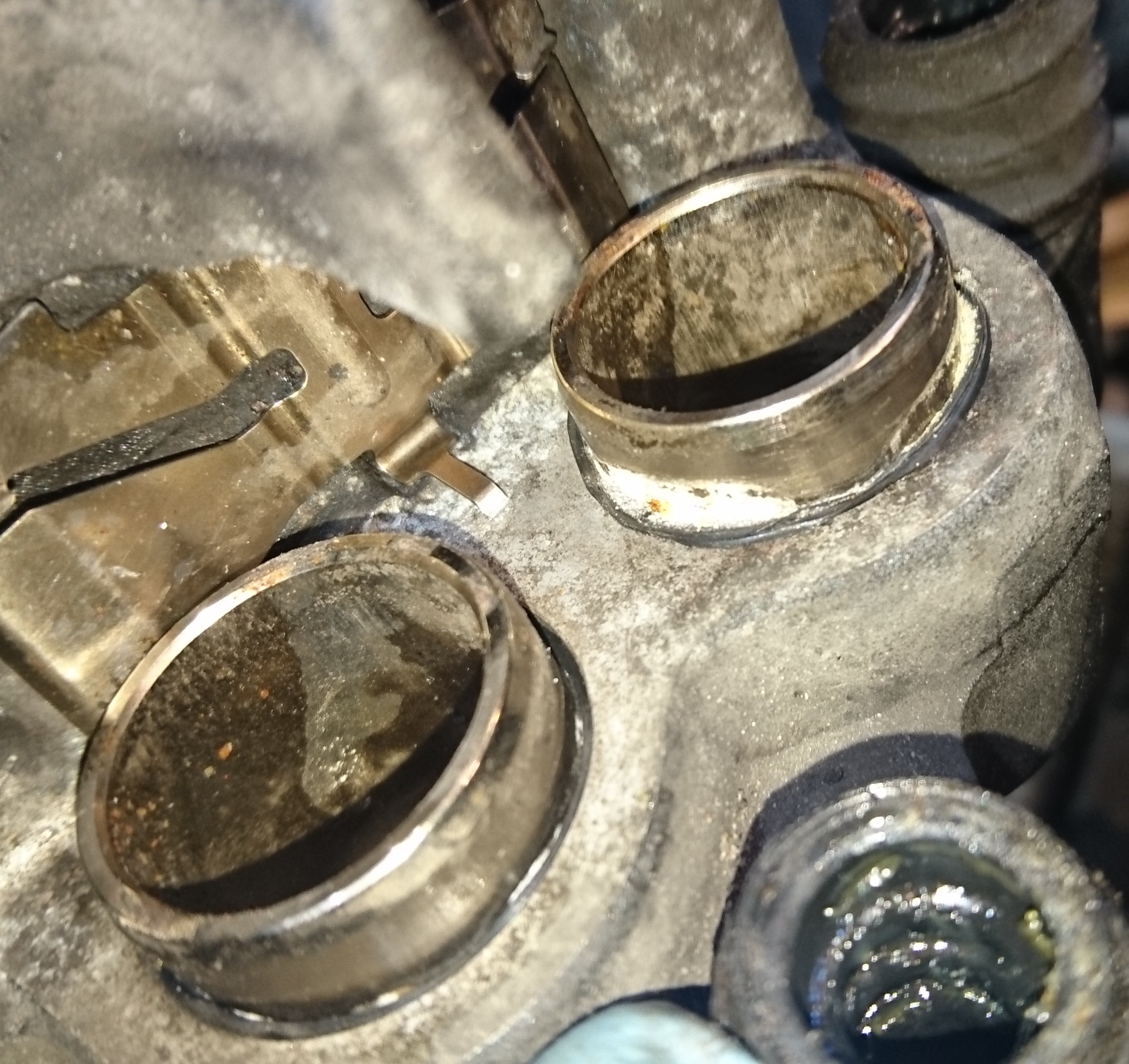The brake caliper piston seal plays a crucial role in maintaining the performance and safety of your vehicle’s brakes. Over time, the seal may wear out or become damaged, resulting in brake fluid leaks and reduced braking efficiency. In such cases, it is essential to replace the seal promptly.
Replacing a brake caliper piston seal involves a few straightforward steps but requires careful attention to detail.
This article will guide you through the process, ensuring a successful seal replacement that restores your brake system’s optimal functionality. So, let’s dive in and learn how to replace a brake caliper piston seal properly.
The Importance Of Brake Caliper Piston Seal Maintenance
The brake caliper piston seal plays a crucial role in maintaining the efficiency and safety of your vehicle’s braking system. Over time, the piston seal can deteriorate due to constant exposure to high temperatures, dust, and other environmental factors.
When the piston seal wears out, it can lead to various issues that can compromise the performance of your brakes.
A deteriorated piston seal can cause brake fluid leaks, leading to a decrease in braking power and a spongy brake pedal feel. It can also allow dirt and debris to enter the caliper, resulting in corrosion and damage to the brake components.
This can lead to uneven braking, pulling to one side, or even complete brake failure.
Recognizing the impact of a deteriorated piston seal on brake performance is essential in order to take timely action. Regular inspection and maintenance of the piston seal can help identify any signs of wear and tear.
If you notice any brake fluid leaks, reduced braking performance, or unusual noises while braking, it’s important to have your brake caliper piston seal checked and replaced if necessary.
| Signs of a deteriorated piston seal | Effects on brake performance |
|---|---|
| Brake fluid leaks | Decreased braking power |
| Reduced braking performance | Spongy brake pedal feel |
| Unusual noises while braking | Uneven braking |
| Corrosion and damage to brake components | Pulling to one side |
Identifying The Signs Of A Worn Brake Caliper Piston Seal
Signs of a worn brake caliper piston seal can manifest in various ways. Visual inspection for brake fluid leaks is an essential step in identifying potential issues. Look for any signs of brake fluid leaking around the caliper area, such as wet or oily spots. This could indicate a damaged piston seal and should be addressed promptly.
Monitoring brake pedal feel and performance is also crucial. If you notice any changes in the way your brakes feel or if they become less responsive, it could be a sign of a worn piston seal. Pay attention to any sponginess or a longer pedal travel before the brakes engage. These symptoms may indicate a problem with the caliper piston seal.
Another indicator of a worn piston seal is listening for unusual brake system noises. Squealing, grinding, or scraping sounds when applying the brakes can be a sign of caliper piston seal issues. These noises may occur due to the piston sticking or not retracting properly, causing friction and noise during braking.
How To Replace Brake Caliper Piston Seal
When replacing a brake caliper piston seal, it’s crucial to gather the necessary tools and supplies to ensure a smooth process. The tools typically required include a brake caliper piston tool, socket set, brake cleaner, rubber grease, and new piston seals.
Once the tools and supplies are ready, the next step is to remove the brake caliper and piston assembly from the vehicle. Proper care should be taken during this step to avoid damaging any components.
After the brake caliper and piston assembly are removed, thorough cleaning and inspection of the piston and caliper are essential. Any residue or debris should be meticulously removed to ensure a clean working environment.
Subsequently, the old piston seal should be carefully removed, and the new seal should be installed with precision to guarantee proper functionality of the brake caliper piston assembly.

Credit: www.aberdeenbikers.co.uk
Conclusion
Replacing the brake caliper piston seal is a critical maintenance task that ensures optimal braking performance. By following the step-by-step instructions outlined in this guide, you can successfully tackle this repair.
Remember to prioritize safety and take your time to complete the process with precision.
Proper maintenance leads to a safer and more efficient driving experience.
